Whole Genome Sequencing and RNA Sequencing of the CBTN Bank for the Pediatric Brain Tumor Atlas
Email Principal InvestigatorSupratentorial or Spinal Cord PNET
Hemangioblastoma
Ganglioneuroblastoma
Dysplasia/Gliosis
Neurofibroma/Plexiform
Langerhans Cell histiocytosis
Teratoma
Ewing's Sarcoma
Neuroblastoma
Gliomatosis Cerebri
Chordoma
Cavernoma
Malignant peripheral nerve sheath tumor (MPNST)
Sarcoma
Adenoma
Pineoblastoma
Neurocytoma
Rhabdomyosarcoma
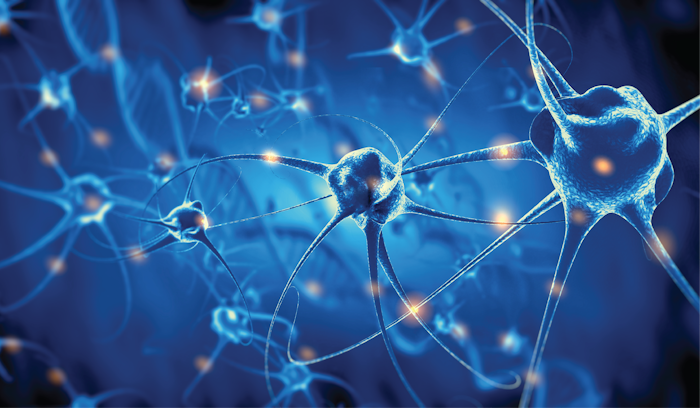

Adam Resnick
CBTN Specimen
CBTN Participants
Backer
NantOmics
Completed
About this
Project
Information about the genetic underpinnings of pediatric brain cancers is necessary for tumor identification, testing, and treatment. In an effort to expand genetic understanding, The Children’s Brain Tumor Network collection of biospecimens approximately 1650 subsamples from the CBTN BioBank have undergone Whole Genome Sequencing and RNA sequencing. This is the largest collection of such data for pediatric brain tumors and the information is open access through the Pediatric Brain Tumor Atlas, allowing researchers from all over the world a chance to further analyze..
Ask The
Scientists
What are the goals of this project?
Researchers will expand the understanding of pediatric brain tumors through comprehensive genetic analysis of the CBTN sample bank
What is the impact of this project?
Open access data of pediatric brain cancers is crucial in finding new therapies as quickly as possible. All data from this project will be available to researchers around the world, further supporting CBTN’s vision of collaboration for accelerated discoveries and improved treatments.
Why is the CBTN request important to this project?
Whole Genome Sequencing and RNA sequencing of a large majority of CBTN samples will result in the largest open access collection of such data for pediatric brain cancers. Providing researchers for the first time the data required to identify new treatments.
Specimen Data
The Children's Brain Tumor Network contributed to this project by providing tumor and germline DNA and tumor RNA.
Meet The
Team

Philadelphia, PA, USA

Chicago, Illinois, USA

Washington, DC, USA

Providence, RI

Philadelphia, PA, USA

Philadelphia, PA, USA

Philadelphia, PA, USA
Institutions

Primary
Operations Center

Children’s Hospital of Philadelphia
Joined onOperations Center for the Children’s Brain Tumor Tissue Consortium, the Children’s Hospital of Philadelphia (CHOP) is currently ranked 1st nationally for their Pediatric Cancer Program by U.S. News & World Report. CHOP’s Biobank is home to the CBTTC’s pediatric brain and CNS tumor biorepository; the

Primary

Ann & Robert H. Lurie Children’s Hospital of Chicago
Joined onAnn & Robert H. Lurie Children’s Hospital of Chicago treats 220 new patients each year with pediatric cancers. The hospital is ranked 17th in the nation for their pediatric oncology program and 11th for their neurology and neurosurgery program by U.S. News & World Report.Established in 1986, the Lur
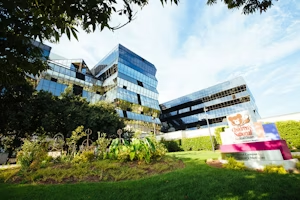
Primary
Children’s National Hospital
Joined onEach year, the Brain Tumor Institute at Children’s National evaluates more than 100 new patients with brain tumors, and is recognized as a world leader in childhood brain tumor care and research. Children’s National has pioneered novel pediatric brain tumor therapies, including new molecularly-targe

The Warren Alpert Medical School of Brown University
related
Histologies
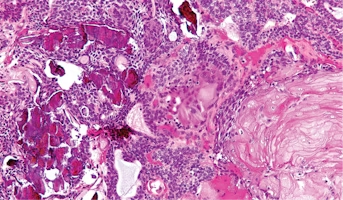
Craniopharyngioma
Childhood craniopharyngiomas are rare tumors usually found near the pituitary gland (a pea-sized organ at the bottom of the brain that controls other glands) and the hypothalamus (a small cone-shaped organ connected to the pituitary gland by nerves).Craniopharyngiomas are usually part solid mass and
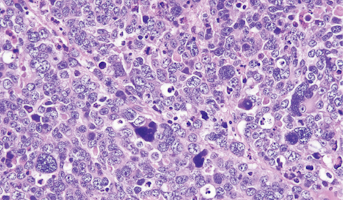
Medulloblastoma
Medulloblastomas comprises the vast majority of pediatric embryonal tumors and by definition arise in the posterior fossa, where they constitute approximately 40% of all posterior fossa tumors. Other forms of embryonal tumors each make up 2% or less of all childhood brain tumors.The clinical feature
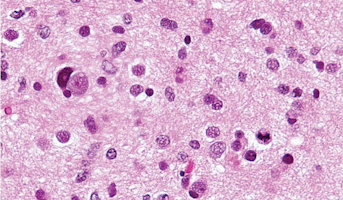
High-Grade Glioma
High-grade Gliomas (HGG) or astrocytomas in children nearly always result in a dismal prognosis. Although novel therapeutic approaches are currently in development, preclinical testing has been limited, due to a lack of pediatric-specific HGG preclinical models. These models are needed to help test
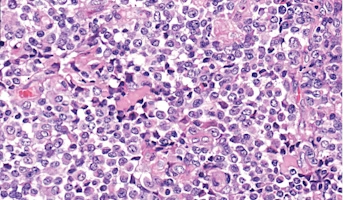
Atypical Teratoid/Rhabdoid Tumor
Central nervous system (CNS) atypical teratoid/rhabdoid tumor (AT/RT) is a very rare, fast-growing tumor of the brain and spinal cord. It usually occurs in children aged three years and younger, although it can occur in older children and adults. About half of these tumors form in the cerebellum or
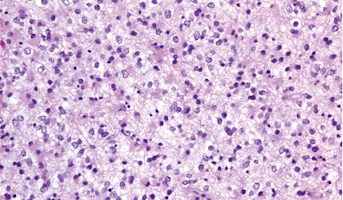
Low-Grade Glioma
Low-Grade Gliomas also called astrocytomas are the most common cancer of the central nervous system in children. They represent a heterogeneous group of tumors that can be discovered anywhere within the brain or spinal cord. Although surgical resection may be curative, up to 20% of children still su
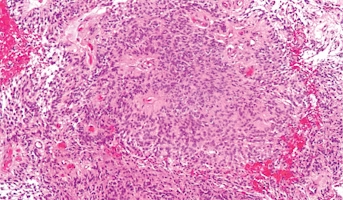
Ependymoma
Ependymomas arise from ependymal cells that line the ventricles and passageways in the brain and the center of the spinal cord. Ependymal cells produce cerebrospinal fluid (CSF). These tumors are classified as supratentorial or infratentorial. In children, most ependymomas are infratentorial tumors
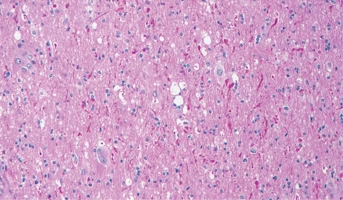
Ganglioglioma
Ganglioglioma presents during childhood and into adulthood. It most commonly arises in the cerebral cortex and is associated with seizures, but also presents in other sites, including the spinal cord.[65,74]The unifying theme for the molecular pathogenesis of ganglioglioma is genomic alterations lea
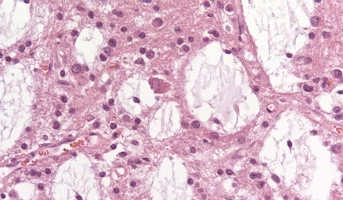
Dysembryoplastic Neuroepithelial Tumor
Septal DNET generally presents with symptoms related to obstructive hydrocephalus.[69,70] Septal DNET has an indolent clinical behavior, with most tumors not requiring treatment other than surgery. In a single-institution series that incorporated other literature-reported cases, the median age at pr
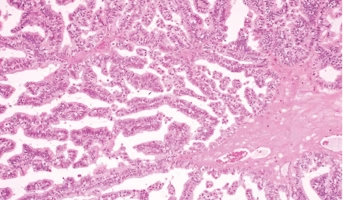
Choroid Plexus Papilloma
Choroid plexus tumors are primary central nervous system (CNS) tumors. This means they begin in the brain or spinal cord.Choroid plexus papillomas are grouped in two grades based on their characteristics.Grade I choroid plexus papilloma are low grade tumors. This means the tumor cells grow slowly.Gr
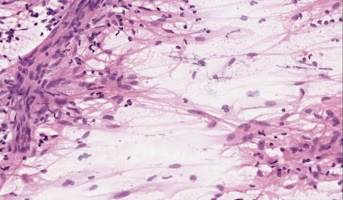
Meningioma
A meningioma is a primary central nervous system (CNS) tumor. This means it begins in the brain or spinal cord. Overall, meningiomas are the most common type of primary brain tumor. However, higher grade meningiomas are very rare.
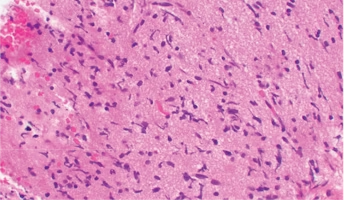
Diffuse Intrinsic Pontine Glioma
A presumptive diagnosis of DIPG based on classic imaging features, in the absence of a histologic diagnosis, has been routinely employed. Increasingly however, histologic confirmation is obtained for both entry into research studies and molecular characterization of the tumor.[5] New approaches with
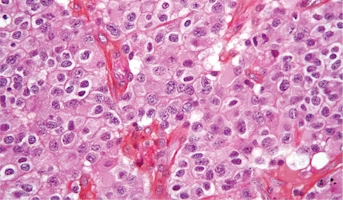
Oligodendroglioma
Oligodendroglioma is a primary central nervous system (CNS) tumor. This means it begins in the brain or spinal cord.Oligodendrogliomas are grouped in two grades based on their characteristics.Grade II oligodendrogliomas are low grade tumors. This means the tumor cells grow slowly and invade nearby n
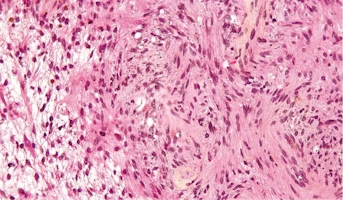
Schwannoma
Schwannoma is a rare type of tumor that forms in the nervous system. Schwannoma grows from cells called Schwann cells. Schwann cells protect and support the nerve cells of the nervous system. Schwannoma tumors are often benign, which means they are not cancer. But, in rare cases, they can become can
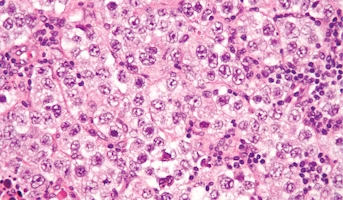
Germinoma
Germinomas are the most common type of CNS germ cell tumor and have a good prognosis.Germ cells are special types of cells that are present as the fetus (unborn baby) develops. These cells usually become sperm in the testicles or unfertilized eggs in the ovaries as the child matures. Most germ cell
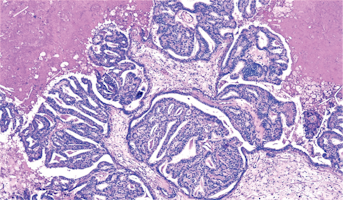
Choroid Plexus Carcinoma
Choroid plexus tumors (Grade III) occur in both children and adults, but are more common in children in the first year of life. Choroid plexus tumors occur slightly more often in females than males.The cause of most choroid plexus tumors is not known. Genetic changes have been linked to the formatio
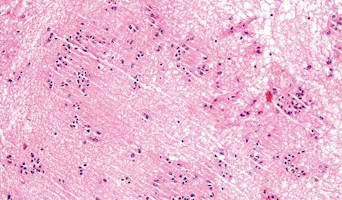
Subependymal Giant cell Astrocytoma
A benign (not cancer), slow-growing tumor that usually forms in the walls of fluid-filled spaces in the brain. The tumors are made up of large, star-shaped cells called astrocytes. Subependymal giant cell astrocytomas are common in patients with tuberous sclerosis (an inherited disorder in which ben
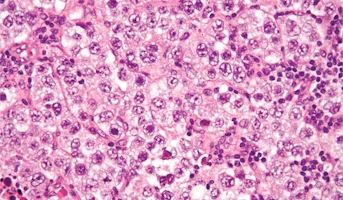
Nongerminomatous Germ Cell Tumors
Primary CNS GCTs are a heterogeneous group of neoplasms that are more common in Japan and other Asian countries than in North America and Europe. In North America, they account for approximately 4% of all primary brain tumors, with a peak incidence from age 10 years to age 19 years and a male predom